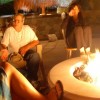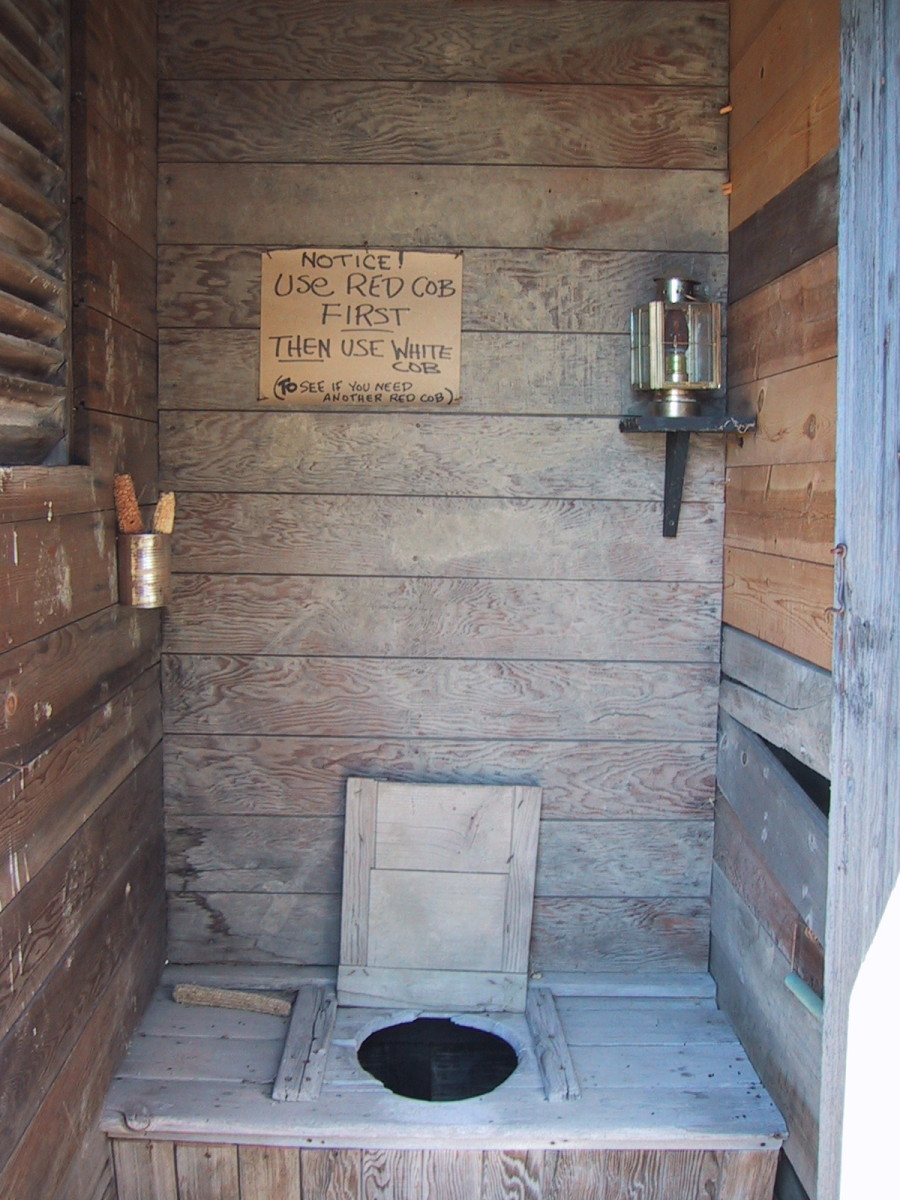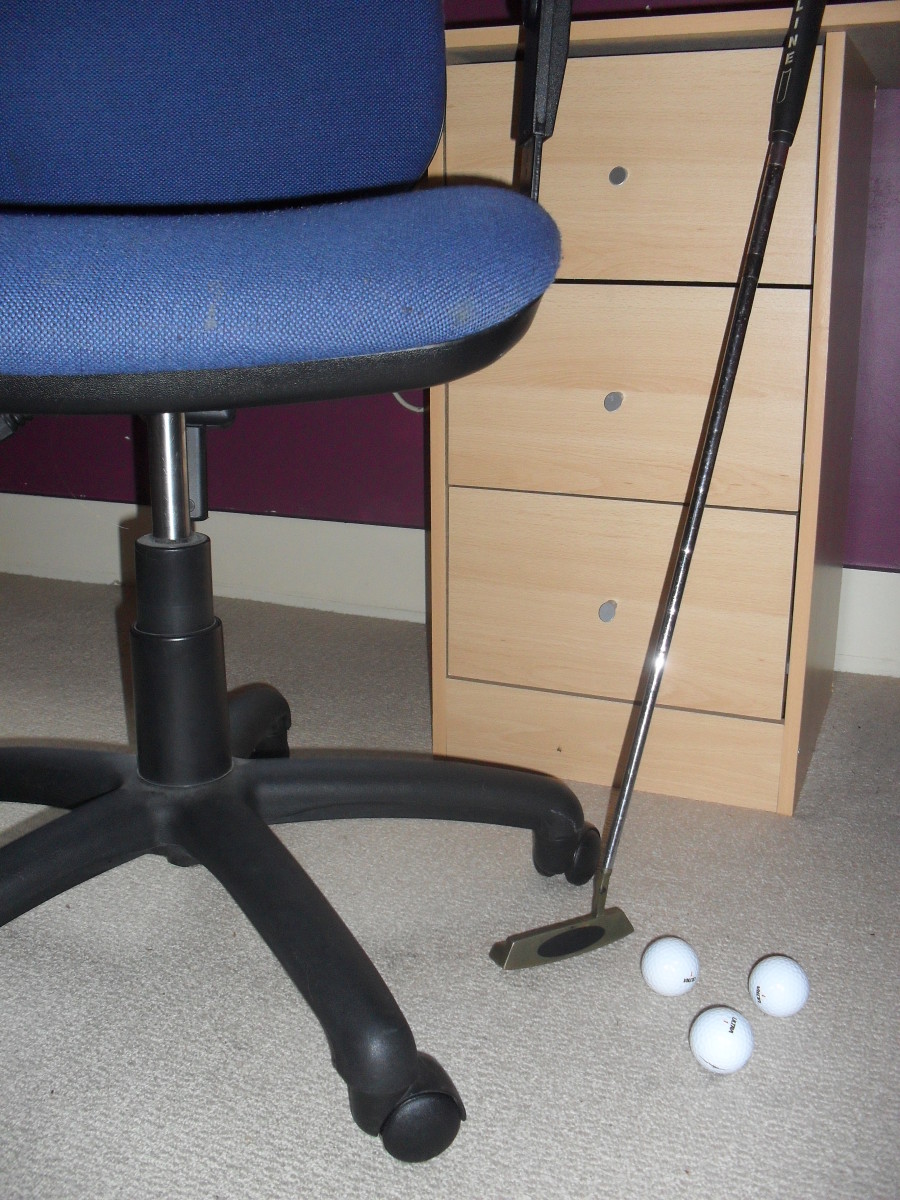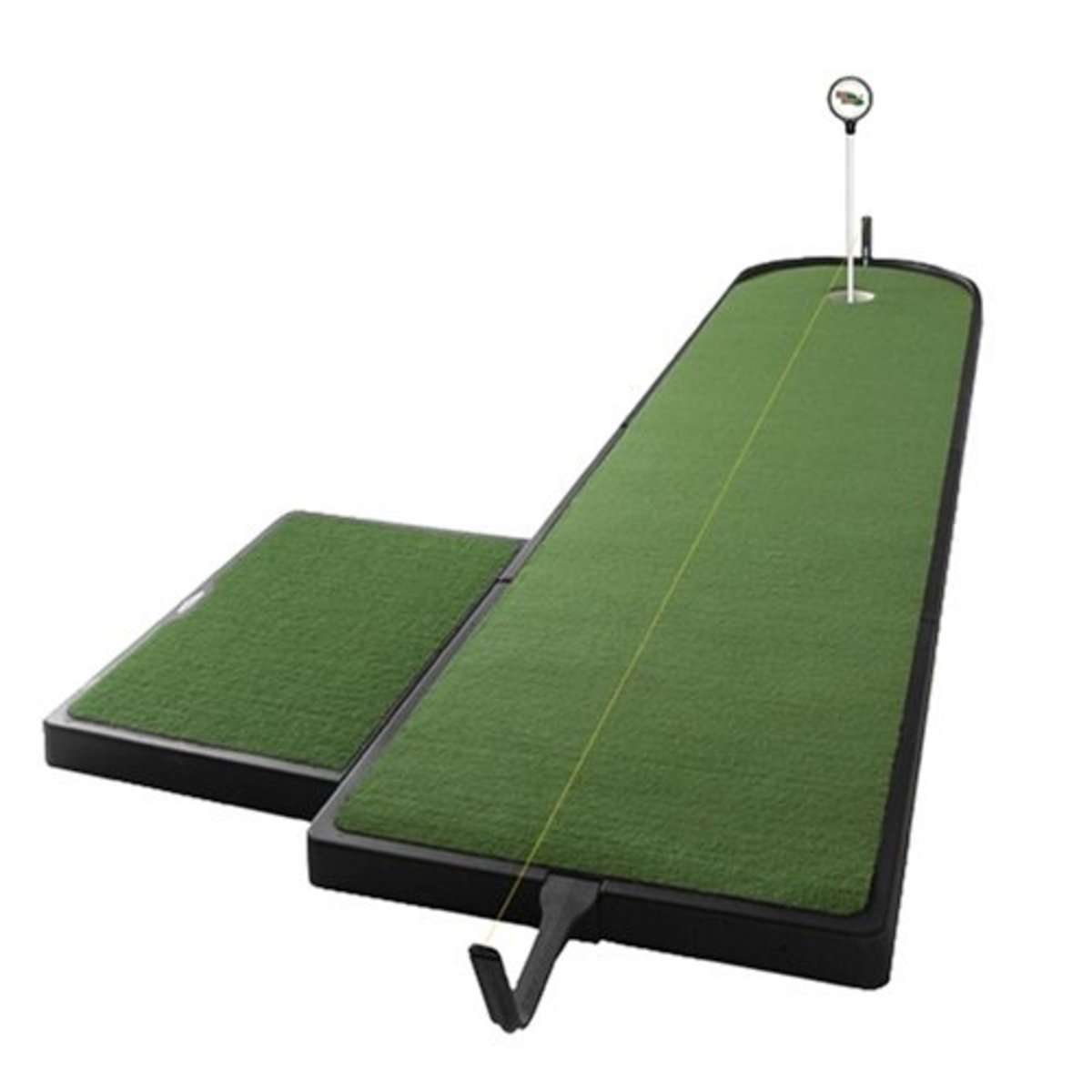Learn How To Sink A Putt Looking At The Hole

What? Jordan gets the yips when putting? What to do? Jordan invented his own technique and looks at the hole when he does a short putt. No way? Jordan, keep your head down and just do it. Really, Jordan explained he sometimes suffered from the yips on short putts when he played in college in stressful situations. (See the following video.) When he went on tour at the age of 19 in 2013 he used this "Look at the hole on short straight putts" technique when he finished in the top 6 at the AT&T National at the Congressional Country Club.
As you've just seen in the above video, Jordan likes to look at a mark in front of the hole instead of keeping his head down when putting short putts. He explained when he has a short and straight putt of 4 feet or less, he'll look at the line, but, instead of keeping his head down when he strikes the ball, he focuses on a blade of grass in the front center of the hole and continues to focus on it while he hits the putt. He said he makes about 10-20% more of these short and straight putts using this technique. His winning record speaks for itself.
But we’re just mortals and not the very talented Jordan Spieth, so what’s the general time tested general rules for putting?
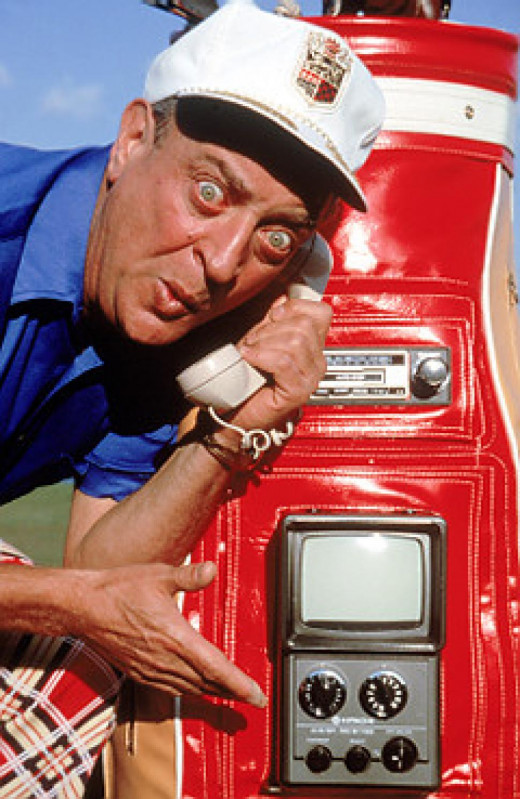
Putting and Chipping are 50% of the game
If you look at the relationship between good putting and money earned on the PGA Tour you’ll see a direct correlation between top putting and prize money earned – we all know the truth in the often said adage, “Putt for the dough.”
So without spending a lot of time over thinking and going through thousands of videos, instruction manuals, books, this is a concise description of how to putt and chip well. You want to avoid the excruciating agony of missing the short ones, especially in front of your friends.
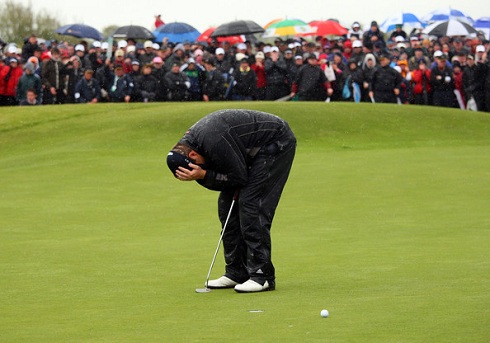
The Putting Stroke
Grip the putter in the manner that feels comfortable. If you watch the top tour players, most hold the putter in the palms of their hands with their palms opposing each other. Few hold putters in their fingers. Their grip is light to medium. The right palm should be parallel to the blade of the putter.
Keep your head down and don’t be concerned about watching the ball go into the hole. Some tour players will even keep their head down waiting and listening for the ball to hit the bottom of the cup. You can practice keeping your head down on putts by putting a flat white ball marker under your ball and when you stroke the putt, keep your head down to look at the white ball marker instead of looking up to watch your putt.
Use only your arms and shoulders when stroking the putt. Don’t break your wrists to avoid the inconsistency of wristy putts.
Roll the ball”. PGA tour players and TV Golf announcers sometimes compliment a good putt by the expression, “Good roll!” What they mean is the putt was hit slightly on the upward swing with the putter head with a slight acceleration vs. deceleration.
Take your stance with your knees slightly bent and your weight more on your left foot. Let your arms hang naturally down from you and keep your left eye over the ball and try looking at the back of the ball instead of the top of it. Keep your body square and parallel to the target.
Reading The Direction And Pace Of A Putt
Walk completely around (360 degrees) the putt to take in the terrain and pause each 90 degrees to take it all in and survey the break (if any). Determine if you’re putting down grain or up grain (i.e. slick surface or rougher surface) and whether you’re going uphill or downhill. If you look into where the hole is cut, the rough edge reveals the up grain side.
If there is break, line the putt up at the apex of the top of the break.Once you feel comfortable about seeing the break and the line of the putt, mentally determine the speed you want to hit the putt and take a few practice swings with your eyes closed (which makes it easier and less distracting) to concentrate on the right speed.
For long putts say 35 feet or more, don’t try to hit the putt harder. Instead, make a longer back swing on your putting stroke. The length of the backswing determines the distance of a putt, not hitting it harder. Try to have the ball wind up within a radius of 12 inches from the hole while, at the same time, trying to go slightly past the hole.
The Putt Itself
Stand behind the putt before you take your stance and visualize the line and imagine the ball rolling smoothly into the hole. Take your stance and take a few practice strokes and look at the hole again to see how far away it is. Then feeling relaxed and comfortable, hit the putt keeping your head down.
Back off at any time you don’t feel comfortable or get distracted. Keep repeating this procedure every time to develop your own pre-shot putt routine.
Chipping and Pitching
A chip usually means there’s not much carry to get your ball on the green while pitching means there’s more to carry or you want to loft the ball high to get on the green. Generally, if you’re off the green, the object is to have your ball land on the green and roll to the hole rather than loft it to the hole. Occasionally, you may have to hit the ball into the side hill in front of the green, or you may have to use your putter (Texas wedging it) off the fringe if you’re not too far off the green, etc. Use whatever your inner voice tells you or what you feel most comfortable with.
When you’re chipping from 20 feet or less from the hole, read the green as if you were putting and chip the ball using your putting stroke to keep the ball on line and don’t bend your elbows or break your wrists. Play the ball a bit back in your stance keeping your weight forward and keeping your hands forward of the ball. Gently strike the ball with a slight descending blow rather than dragging your club back from the ball. Try using a nine iron or less for short chips. For longer chips, use an eight iron or a seven iron. If you’re going to roll the ball to the hole, use a lower numbered club as the distance to the hole increases.
On longer chips or pitches turn you body as you normally would and choke down on the shaft to help with distance issues. Like putting, adjust your backswing in accordance with the distance to the hole. Open your stance to say 10:00 o’clock and play the ball off your left heel with your hands in front of the ball. Keep a strong left hand and trust your swing and keep your head down.
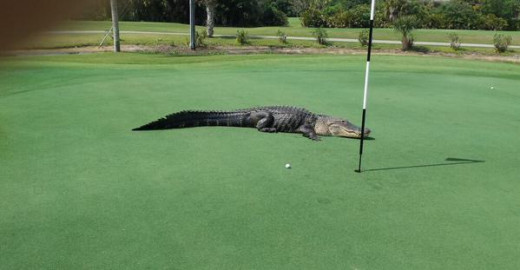
This is a real pressure putt. What would you do in this situation? Let's take a poll.
Gator on the Green Poll
If you walked up to a green and an alligator greeted you, what would you do?
Odyssey Putters are the number 1 putters used on the PGA Tour. You can get one for under $200.
© 2015 Team Golfwell
